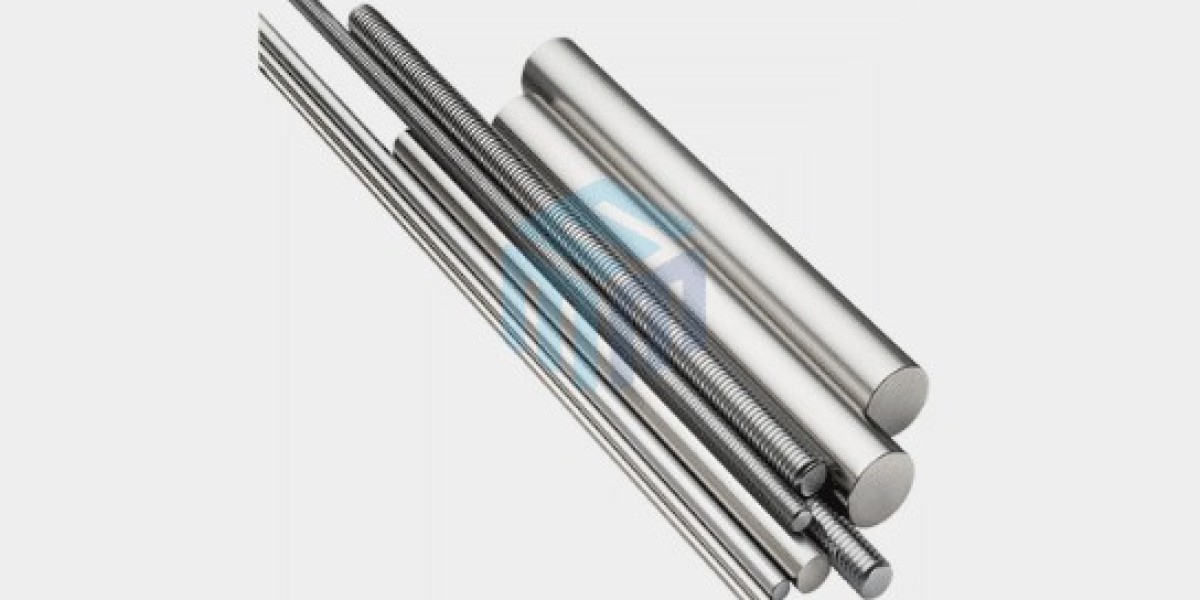Molybdenum is a critical material across industries such as aerospace, electronics, furnace manufacturing, and even nuclear power. Its remarkable properties—high melting point, excellent thermal conductivity, and resistance to corrosion—make molybdenum rods (often called moly rods) a go-to solution for demanding environments.
However, selecting the right grade of molybdenum rod is crucial to ensure your application performs optimally. From the purity level to mechanical properties and supplier quality, multiple factors influence your decision. In this article, we’ll explore the key considerations for choosing molybdenum rods, how different grades compare, and what to expect in terms of molybdenum rod price.
Why Choose Molybdenum Rods?
Before diving into selection criteria, it’s helpful to review why molybdenum stands out:
High melting point: ~2620°C, making it ideal for high-temperature applications like heating elements and furnace parts.
Low thermal expansion: Helps maintain dimensional stability under thermal cycling.
Excellent thermal and electrical conductivity: Useful in electrodes and semiconductor applications.
Corrosion resistance: Performs well in many chemical environments.
These properties make molybdenum rods indispensable in everything from sapphire crystal growing to high-temperature vacuum furnaces.
Understanding Molybdenum Grades
1. Pure Molybdenum (99.95% or higher)
This is the standard for most general-purpose applications. High purity ensures:
Minimal contamination in sensitive environments (semiconductors, aerospace).
Reliable performance in vacuum and reducing atmospheres.
Common uses include:
Ion implantation components
Furnace supports and Mosi2 heating elements
X-ray targets
2. TZM Alloy (Titanium-Zirconium-Molybdenum)
For higher strength at elevated temperatures, TZM molybdenum rods include small amounts of titanium and zirconium. This enhances:
Creep resistance (critical in high-load, high-heat scenarios)
Recrystallization temperature (extends service life)
Ideal for:
Dies and mandrels for hot working
High-temperature tooling
3. Mo-La Alloy (Molybdenum-Lanthanum)
Lanthanum oxide additions help stabilize the grain structure:
Improves ductility after recrystallization
Allows for repeated thermal cycling without embrittlement
Common in:
Aerospace components
Tubes and rods for repeated heating and cooling cycles
How to Select the Right Molybdenum Rod
1. Define Your Operating Temperature
Start with the environment in which your moly rod will operate:
Temperature | Recommended Grade |
Up to ~1500°C | Pure molybdenum rod |
1500–1900°C | Pure moly or Mo-La (better thermal fatigue) |
Above 1900°C | TZM for creep resistance |
2. Consider Mechanical Loads
Pure molybdenum rods handle high temps well but are less strong under load at extremes.
If your process involves heavy mechanical stress at elevated temperatures (dies, extrusion), TZM rods are more suitable.
3. Think About Thermal Cycling
If your application involves frequent heating and cooling:
Mo-La helps prevent grain growth and cracking.
Standard pure molybdenum may become brittle over many cycles.
4. Purity Matters for Critical Applications
In semiconductor, vacuum, and nuclear uses, always specify 99.95% or higher purity. Lower purity rods can introduce contaminants that impact delicate processes.
Working with Molybdenum Rod Suppliers
Ask About Processing
Reputable molybdenum rod suppliers will provide details on:
Sintering and forging history
Straightness and surface finish
Annealed vs stress-relieved condition
For instance, rods used in machining are often supplied in a stress-relieved state to minimize distortion.
Certifications & Testing
Ensure your supplier offers:
Chemical analysis certificates
Ultrasonic testing (to detect internal flaws)
Grain size reports (important for high-temp mechanical properties)
What About Molybdenum Rod Price?
Molybdenum rod price is influenced by:
Grade and purity: TZM and Mo-La are more expensive than pure moly.
Diameter and length: Larger cross-sections require more high-cost raw material.
Tolerances and finishing: Ground surfaces, tight tolerances, and polished rods add to costs.
Always get detailed quotes from multiple suppliers to ensure competitive pricing.
Tips for Ordering Moly Rods
Specify dimensions and tolerances clearly. Typical sizes range from 2 mm to over 100 mm in diameter, with custom lengths.
For hot machining or shaping, ask for an annealed rod.
Request a surface finish appropriate to your needs (as-sintered, centerless ground, or polished).
Common Molybdenum Rod Applications by Grade
Application | Recommended Grade |
Vacuum furnace heating rods | Pure molybdenum |
Hot extrusion tooling | TZM molybdenum |
Aerospace thermal shields | Mo-La molybdenum |
Semiconductor ion implanters | Pure or Mo-La |
Nuclear fuel rod supports | High-purity moly |
The Bottom Line
Selecting the right molybdenum rod grade is about matching the material’s properties to your exact operating demands. For straightforward high-temperature uses, pure molybdenum rods are often sufficient. If your application involves high stress or repeated thermal cycling, upgrading to TZM or Mo-La can protect your investment by ensuring longer life and fewer failures.
Work closely with a trusted molybdenum rod supplier to evaluate your specs and application environment. Whether you’re managing furnace rebuilds, precision semiconductor equipment, or advanced aerospace systems, the right moly rod will help maintain efficiency, safety, and reliability.






